The Asian collection

The Asian collection mainly originates from the museums and major deposits out of which the Musée des Confluences was born. It features 10,000 artefacts dating from the Bronze Age to the modern day, covering the whole continent, particularly China, Japan, and South-East Asia.
The collection includes a wide range of artefacts such as religious statues - Buddhist, Taoist, Hindu - ritual objects, ceramics, decorative pieces of art - ivory, lacquerware, bronze - and everyday items - headdresses, basketwork, weaponry - that reflect the Asia’s wealth and diversity and its contacts with the West over the 19th and 20th centuries.
The most representative artefacts include the collection of statuettes, ritual objects, and popular Chinese religious puppets, put together by the Dutch sinologist J.J.M. de Groot in 1886; ceramics from China, Japan, Thailand, and Cambodia, but also Cham sculptures (12th-13th centuries) brought back from Vietnam by Doctor Albert Morice in the late 19th century. A monumental work of traditional Japanese architecture, a life-size reproduction of the drawing room at Nishi Hongan-ji temple in Kyoto, created for London’s Japan-British Exhibition of 1910, is kept in reserve. In 1979, the missionary collection of the Society for the Propagation of the Faith was deposited, adding to the collection of everyday items.
The collection continues to grow through acquisitions demonstrating Asia’s cultural wealth.
